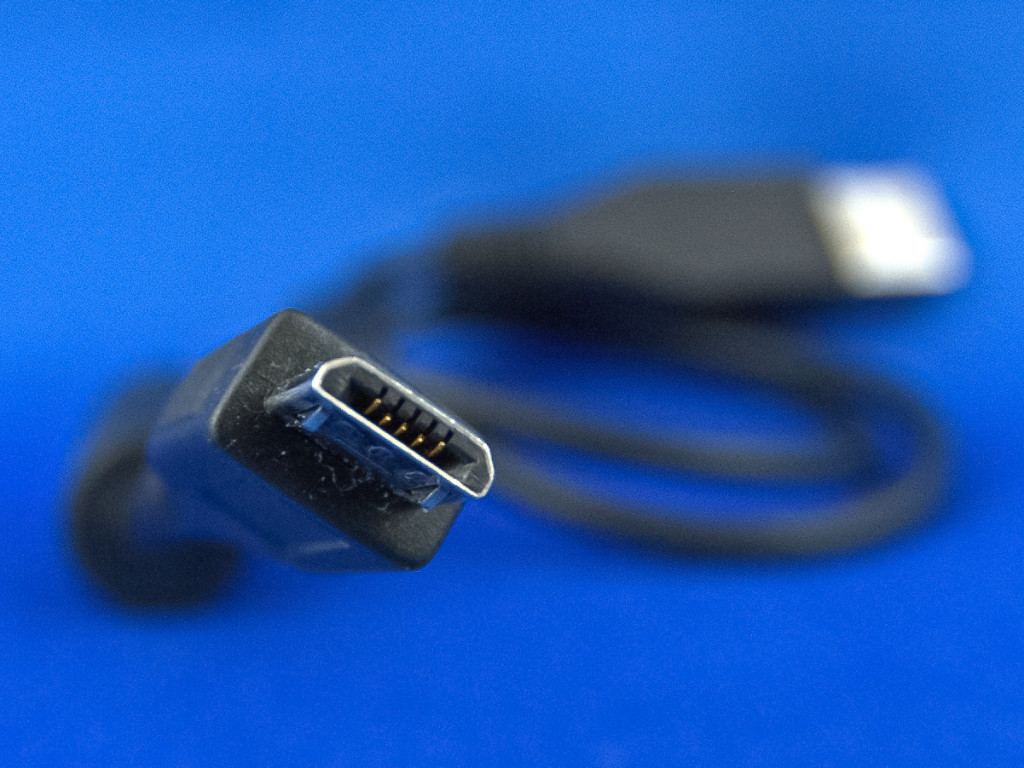What are the Various Categories of Micro USB Connector?
The Universal Serial Bus (USB) was first developed in 1990 to make connections between the computer and peripheral devices easier. It quickly gained popularity since then, owing to its ease of use, low cost of implementation and high compatibility with many platforms.

Nowadays most computers come with several USB ports to accommodate the various peripherals required. Today, USB has become the interface of choice for most office and home peripherals. It has also found usage in modems, cameras, printers and portable storage devices. The USB Implements Forum (USB-IF) is an industry body that develops and maintains the USB standards. Originally the USB started off with two distinct connector types, which include Type A and Type B. However, further changes in specification have made according to demands.
For these amazing USBs to work, a micro USB connector is absolutely necessary. Here we would explore about this aspect. Micro USB connectors are available in B and AB categories, mid and bottom mount with 5 contacts a height from 1.59 mm above the PCB. Let us find out more about them.
Micro USB Type A
This type of micro USB connector is mostly employed in mobile phones, cameras, PDAs and digital units. It is smaller in size than the mini-b USB and supports high speed transfer rate of 480 mbps with On-The-Go features.
Micro USB Type B
This is a small but high reliability input/output connector which complies with electrical, physical and environmental requirements of a micro USB standard. This USB connector supports a data transfer rate of 480 mbps and is approximately 60% smaller in size than mini USB. The contact area has gold plating and this type of USN connector can withstand an operating temperature range of -25 degree Celsius to +85 degree Celsius. It has 5 contacts with a PCB mount and 10,000 mating cycles. The passive latching of this micro USB connector prevents accidental cable release. In addition to all the features mentioned this micro USB connector also supports Plug-And-Play and hot plugging. One of the important features of the Type B micro USB connector is that it can only be used with B cable plugs and nothing else.
Micro USB Type AB
The micro USB Type AB has most of the features similar with the micro USB Type B category. However, the two differ in a few major aspects. The Type A/B of the micro USB is perfectly compatible with both A and B types of cable plugs. This type of micro USB is mostly used for USB On-The-Go (OTG) applications. The rest of the features of Type AB micro USB are the same as that of Type B micro USB.
USB Mini-b (4-pin)
It is found in many digital cameras and resembles a standard B-style connector, but it is much smaller in size.
USB 3.0 A-Type
This ‘SuperSpeed’ connector has a flat, rectangular interface and employs flat contacts instead of round pins since they can withstand frequent removal and insertion better than the round pin ones. They also have a few more pins than the USB 2.0 and the USB 1.1 A Types. In addition to that, the3 connectors are generally blue in colour for prompt identification.
USB 3.0 B-Type and Micro B
They are generally found on USB 3.0 devices. These connectors can carry power and data in USB ‘SuperSpeed’ applications.
It is imperative to keep an eye out for the right cable to suit your USB connector, so that you don’t find yourself in a difficult situation while connecting the peripherals to your computer. It is always advisable to buy the best quality micro USB connector to keep your peripherals running without any sort of disruption. If you are looking for the best micro USB connector, make sure that you never miss out on an opportunity to get the right one from gradconn.com, since quality matters.
- Elevating Security Paradigms in Marketing: A Holistic Expedition - November 22, 2023
- Why CMMS Is Becoming A Critical Component In The Manufacturing Industry - August 7, 2023
- How Safety Standards for Autonomous Vehicles will Help Reduce Serious Car Accidents - July 29, 2023





